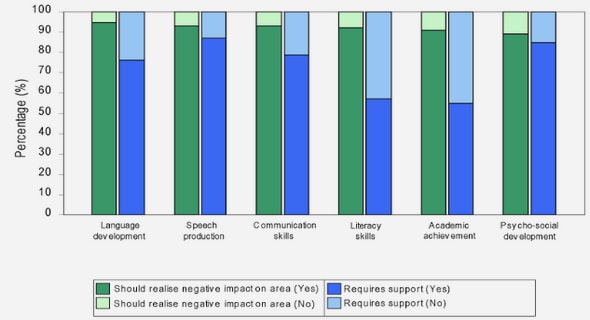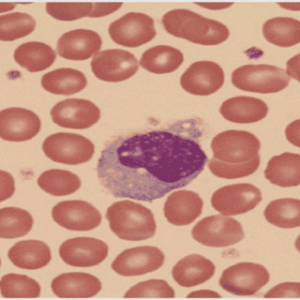(Downloads - 0)
For more info about our services contact : help@bestpfe.com
Table of contents
I- General Introduction
1.1- Introduction
1.2- Plant/pathogen interactions
1.2.1- Plant defence
1.2.2- Pathogen recognition: general elicitors
1.2.3- Defence responses in shoots and roots
1.2.4- Phytohormones and induced resistance in plants
1.3– Arbuscular mycorrhiza
1.3.1– AM development
1.3.1.1- Presymbiosis
1.3.1.2- Symbiotic phase
1.3.2– Arbuscular mycorrhiza functions 23 1.3.2.1- Exchange of nutrients
1.3.2.2- Bioprotection against environmental stress
1.4– Mycorrhiza–induced resistance (MIR)
1.5– AM in the Solanaceae
1.6- Petunia hybrida Mitchell: a model plant
1.6.1- Petunia genus: origin and interest
1.6.2- Petunia hybrida Mitchell: advantages and qualities
1.6.3- Petunia in ornamental crop production
1.7- Thesis objectives
2- Materials and Methods
2.1- Biological materials
2.2- Petunia propagation
2.3- Petunia mycorrhization
2.4- Determination of shoot biomass, water content and phosphorus concentration
2.5- Salt stress treatment
2.6- Fungal pathogen inoculation
2.7- Disease severity (DS) estimation
2.8- RNA extraction from petunia roots and first-strand cDNA synthesis
2.9- Reverse transcriptase (RT)-PCR
2.10- Real-time RT-PCR
2.11- Relative gene expression (R)
2.12- Statistical analysis
3- Results
3.1- Chapter I
I.1- Petunia mycorrhization studies
I.2- Results
I.2.1- Mycorrhiza development, plant growth and phosphate nutrition
I.2.2- Salt stress
I.3- Discussion
3.2- Chapter II
II.1- Introduction
II.1.1- Pythium aphanidermatum (Edson) Fitzp.
II.1.2- Fusarium oxysporum Schlecht
II.1.3- Rhizoctonia solani Kühn
II.1.4- Thielaviopsis basicola (Berk. and Broome) Ferraris (syn. Chalara elegans)
II.2- Results
II.2.1- Pathogen selection
II.2.1.1- Pathogenicity tests in vitro
II.2.1.2- Pathogenicity tests in vivo
II.2.2- Time course infection with T. basicola
II.2.2.1- Root necrosis and leaf symptoms
II.2.2.2- Molecular detection of T. basicola
II.3- Discussion
3.3- Chapter III
III.1- Introduction
III.2- Results
III.2.1- Comparison of the effect of three AM fungi in the petunia/T. basicola pathosystem
III.2.2- Effect of G. mosseae on cuttings in the petunia/T. basicola pathosystems
III.2.3- Optimization of G. mosseae-induced bioprotection against T. basicola
III.3- Discussion
3.4- Chapter IV
IV.1- Introduction
IV.2- AM-related plant genes
IV.3- SA- and JA- regulated plant defense genes
IV.4- Plant defense genes with other functions
IV.5- Results
IV.5.2- Expression of SAR or ISR-related defense genes
IV.5.3- Expression of defense genes with different functions
IV- Discussion
3.4- Chapter V
V.1- Introduction
V.2- Results
V.2.1- Petunia growth, mycorrhizal colonization and T. basicola development
V.2.2- Petunia gene expression
V.3- Discussion
Concluding remarks
References


